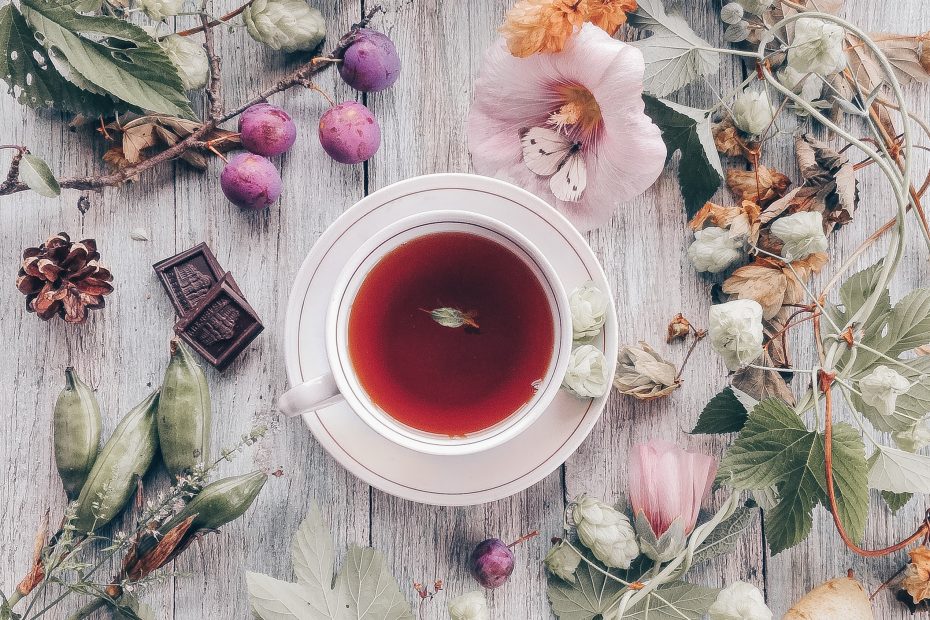How To Make Tea?
Simple: you boil the water, put the tea bag in and after a while take it out… right? No, very wrong. Making tea is an art, and following its rules means creating a totally different beverage from what we are used to, better and more inviting. Try it to believe!
I’ll tel you my 3 tricks for the perfect tea.
Trick No. 1: the water
Are all waters the same for making tea? The answer is no. I don’t know about you, but I initially used tap water, but in some parts of Italy it is too limey and, in addition to destroying the kettles, alters the flavor of the tea.
The ideal water is natural mineral water (bottled to be clear) with low fixed residue (around 23 mg/l is perfect. Stay under 50 mg/l) and a neutral pH (7).
To prepare Long Jing they say the best water is from the Dragon’s Spring, near the village that gives its name to this amazing Chinese green tea…here, just to reiterate that water is important, don’t underestimate it especially if you have to use very valuable leaves.
Microfiltered water? I use it in everyday life.
Trick No. 2: temperature
As I mentioned to you in my blogpost “Tea, Infusion And Herbal Tea: What Is The Difference?“, you should not boil the water. The only exception is decoction! In this regard, the Chinese say that boiled water is “dead water” because it removes all those components, such as oxygen, that promote the development of scents and aromas in your tea.
How do you measure water temperature? There are tea thermometers on the market but also kettles with the ability to set the temperature (very convenient!).
And it doesn’t end there. We can say that in general each tea family has its own brewing temperature. Not respecting it can greatly change the flavor of your tea especially if it is green tea. To simplify things we can use this scheme:
- white teas: 80 – 85° C
- yellow teas: 80 – 85° C
- Chinese green teas: 80 – 85° C
- Japanese green teas: 70 – 75° C
- oolong tea: 85 – 95° C
- black (oxidized) teas: 85 – 95° C
- fermented teas: 90 – 95° C
You can buy the thermometer in specialty stores or online.
Can you use microwave to boil water for tea?
Question many people have asked me over the years of blogging: can I heat water for tea in the microwave? I would say no because temperature control is difficult. Better rather the classic pot on the stove. Are you in too much of a hurry in the morning? Okay, I understand you, then in this case I may give you a break from the rule but never do such a thing with good teas, maybe leaf teas!
Trick No. 3: brew time
Nigella Lawson says that she leaves the tea bag in the cup for hours. Here, despite the fact that she comes from what was universally known as the home of tea, England (things are changing though, unfortunately), it’s not really the best solution.
To properly brew a cup of tea, one must respect the brewing times of the various tea families. Unlike temperatures, these are not so strict but may depend on the technique used (Western infusion or Eastern infusion) but also on personal taste.
I try to simplify this with a scheme that groups the infusion times I like (so don’t take them as the universally accepted ones!):
- white teas: 3 to 4 minutes
- yellow teas: 3 minutes
- Chinese green teas: 2.30 minutes
- Japanese green teas: 2.30 minutes
- oolong teas: 3 – 4 minutes
- black (oxidized) teas: 2.30 – 3 minutes
- fermented teas: 3 minutes
If you like strong flavors, especially black teas, increase the brewing time even up to 5 minutes. Beware of green teas: beyond the 3-minute infusion time they become astringent (do you know the sensation on the palate of an unripe persimmon? Yuck!) and bitter, which is why then many people say “I drink green tea because it’s good for me but I don’t like it,” and I reply “maybe you’re doing the preparation wrong.” However, if you like green tea this way, bitter, keep preparing it this way.
And remember: never put the bag or leaves in hot water but always do the opposite: you pour the water over the bag or leaves.
With this guide I wanted to give you some general information on the subject. Really, following these tricks will change your life and change the taste of your tea!
Read more about your favorite tea in the sheet here.
